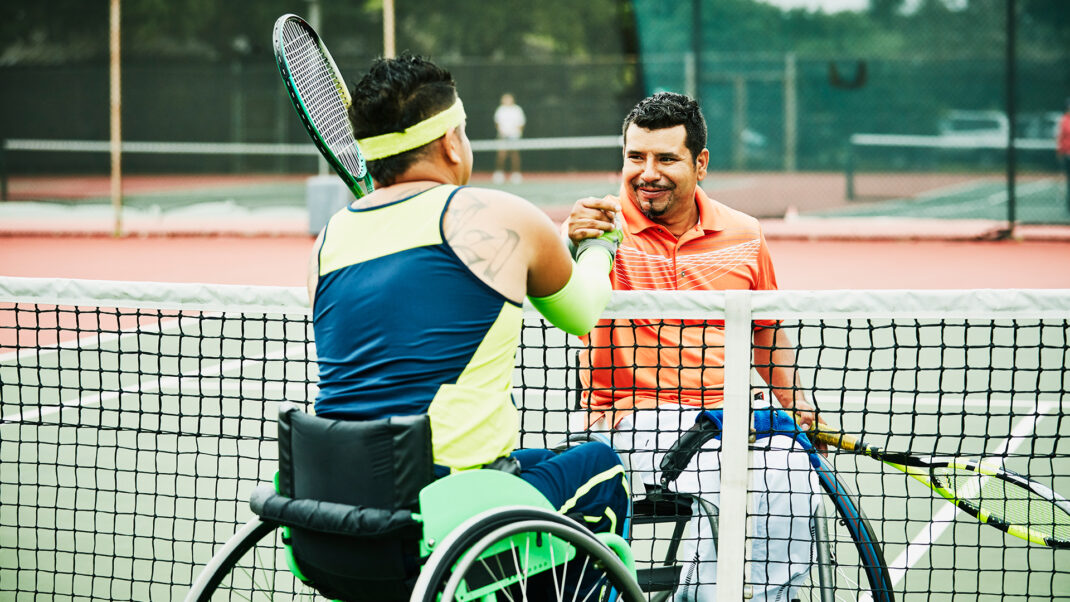Yoga for Athletes
Looking to improve your sports performance? Yoga may be the answer. Athletes everywhere are discovering that this ancient discipline can help improve their concentration and increase their flexibility and balance not only to prevent common injuries but also to polish their skills for particular sports. Fitness professional and 17-year yoga practitioner Sue Hollingshead offers these tips on how to let yoga help you.
1. Understand How Yoga Benefits Athletes. The postures, breathing and inner focus of yoga can help balance, strengthen and restore overtaxed muscles, joints and ligaments. In addition to elongating tight, fatigued and shortened muscles, yoga helps calm and clear the mind.
2. Choose the Yoga Style Right for You. Whereas some athletes prefer a style that emphasizes holding postures for longer durations, others like a style that emphasizes maintaining optimal alignment. Similarly, whereas some
gravitate toward a style that accentuates the spiritual aspects of yoga, others relate better to a more physically oriented style. Hatha yoga is an umbrella term for many different styles of yoga. Here are brief descriptions of its more popular forms:
- Ashtanga Vinyasa. One of the most
physically demanding forms of yoga,
Ashtanga Vinyasa emphasizes strength,
flexibility and stamina by combining
breath work and a series of poses often
done in quick succession. - Iyengar.Considered one of the most
therapeutic forms of yoga, Iyengar
emphasizes alignment through the use
of props such as chairs, blankets, blocks,
straps and pillows. It is especially good
for beginners. - Bikram. Also called “hot yoga,” this
form of yoga focuses on the repetition
of 26 poses, each performed twice. It
is typically done in a very hot room to
warm the joints for movement. - Kripalu. This gentle form of yoga
focuses on the mind-body connection
through the practice of meditation
during poses. - Kundalini. Also appropriate for
beginners, this form of yoga incorporates
stretching, breathing and meditation. - Vinyoga.Usually taught one-on-one,
this form of yoga encourages students
to work at their own pace, coordinating
their movements with their breathing
and awareness.
3. Learn More About Yoga for Athletes. To start your yoga practice, take group classes or private yoga lessons at a fitness facility or yoga studio. In addition, visit www.yogajournal.com, www.anusarayoga.com and www.poweryoga.com.
One of the most important skills that athletes can master is to remain focused on their sports. By tuning out distractions such as mental “chatter,” they can withstand hours of training. Yoga can enhance your inner focus in this regard.
To quiet your busy mind, lie down or sit comfortably with your spine lengthened and eyes closed. Focus on your breath, following its flow. Practice visualizing your inhalation as air moves from the outskirts of your body and expands through your lungs, ribs, diaphragm and belly and into the core of your pelvis. Then visualize your exhalation as the air moves from the inside of your body back outside. As you focus, thoughts will come and go. Witnessing those thoughts instead of being sucked into them can help make you more observant; recognizing that you are not your thoughts and emotions can help quiet your mind.
Gradually increase the duration of each inhalation and exhalation. After 5 minutes, slowly return to gentle, natural breathing and open your eyes. You should notice a difference between how you felt before this exercise and how you feel after it.





